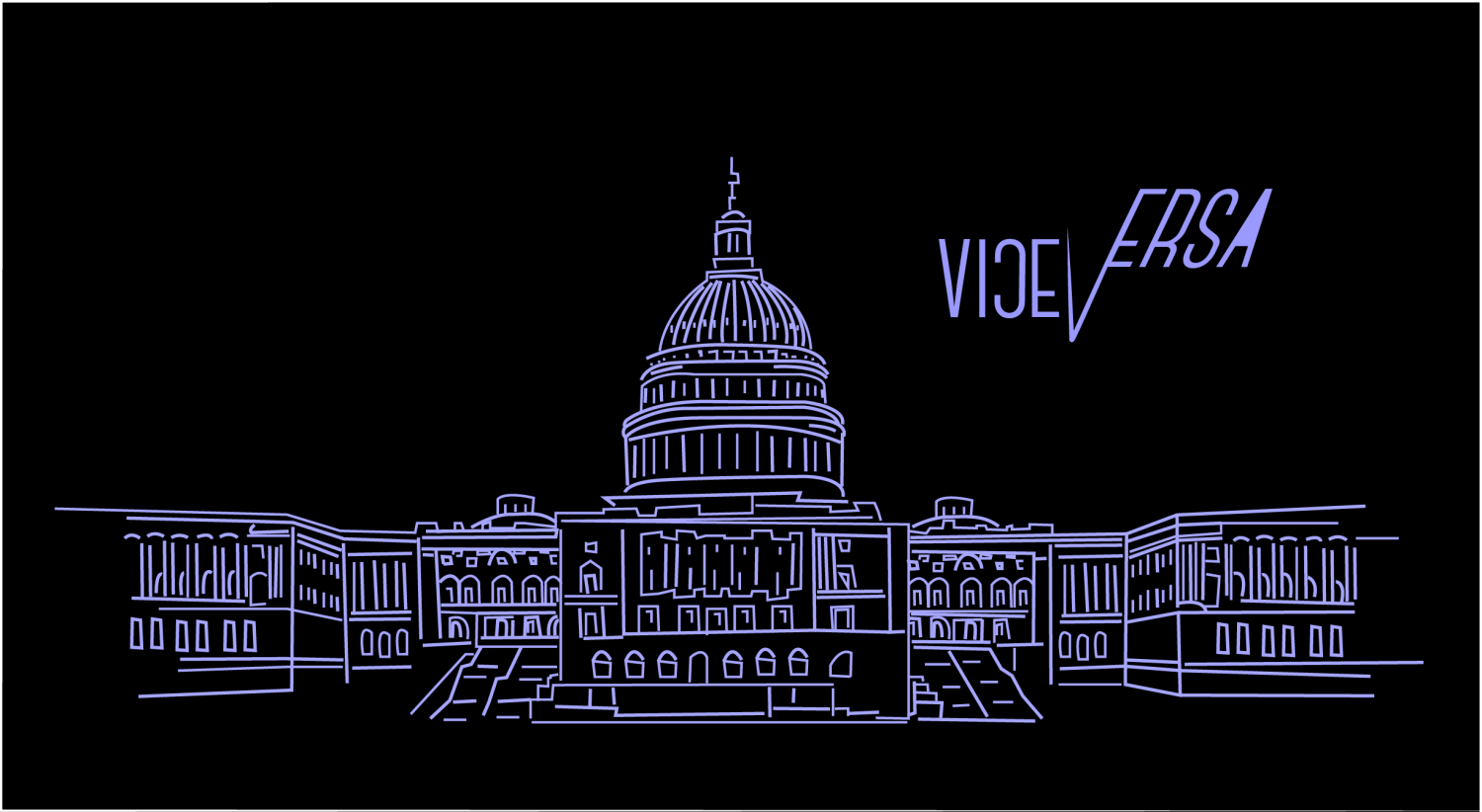How would you describe Washington, DC in a few words?
It’s a question I ask friends and people I’ve met in the District, my adopted town, which is also a new home for many of them. Their answers always surprise me.
Washington… A city of political animals, a city of the “politically correct;” a city where boredom calls for bedtime at 10, a city with allure for the insomniac; a city that hides behind its big sister, New York, a city that plays the world’s next chess move; a city of transience, a city of permanent friendships and love.
Although seemingly contradictory, these answers do intersect at the one constant of this place: its continuous juxtaposition.
Home to just 650,000 residents – representing the elephants, the donkeys, and the raw American patriotism that transcends party lines – Washington also hosts more than 175 embassies, a global microcosm generating an intense international feel. Home of seasoned politicos, it is also a magnet for thousands of young people: a city where twenty and thirty-somethings abound.
Washingtonians are proud to point out that DC boasts not only the youngest but the most educated city in the U.S. However, these superlatives also highlight the city’s severe wealth disparity which is particularly evident among DC’s growing Latin American population.
My favorite response is this: “Washington is a city of two worlds.” The person who shared this perspective described one world of Latin Americans who migrate to DC equipped with the knowledge and resources to contribute to some of the most influential and prestigious establishments in the world. Another world in the same city is inhabited by Latin Americans with more exigent goals such as feeding their families, even if it means living in a place where they can’t speak the language and where the law is not always on their side.
Walk 15 minutes down Pennsylvania Avenue and you will pass the International Monetary Fund, the Mexican Embassy, the World Bank, the White House, reach the Inter-American Development Bank, and hear countless Spanish-speaking voices of professionals who work in these institutions. Just outside, you might see the outlines of another face of DC. You might find jacks-of-all-trades, who begin their search for any job before dawn and others who work in kitchens, street kiosks, cleaning rooms. They are also speaking Spanish. And they are also willing to make their contribution to this city.
What I love about the two-worlds answer is that it underscores DC’s striking contrasts, dividing it into opposite poles, allowing us to think in dichotomies. But the reality lies elsewhere. In between the voices of this world and the other, thousands more exist, each one with its own unique grace and coarseness. More than a city of two worlds, DC is a city of worlds.
Viceversa’s Washington section seeks to explore these different angles, to reflect on their juxtapositions and share, through interviews, stories and editorials, their textures and dimensions. It brings to you those DC constant variables—a city that can be the center of everything, or of nothing; that can be predictable and can surprise; that can exude order, and emanate chaos. Because Washington is two worlds, three, or four, it’s ViceVersa.


